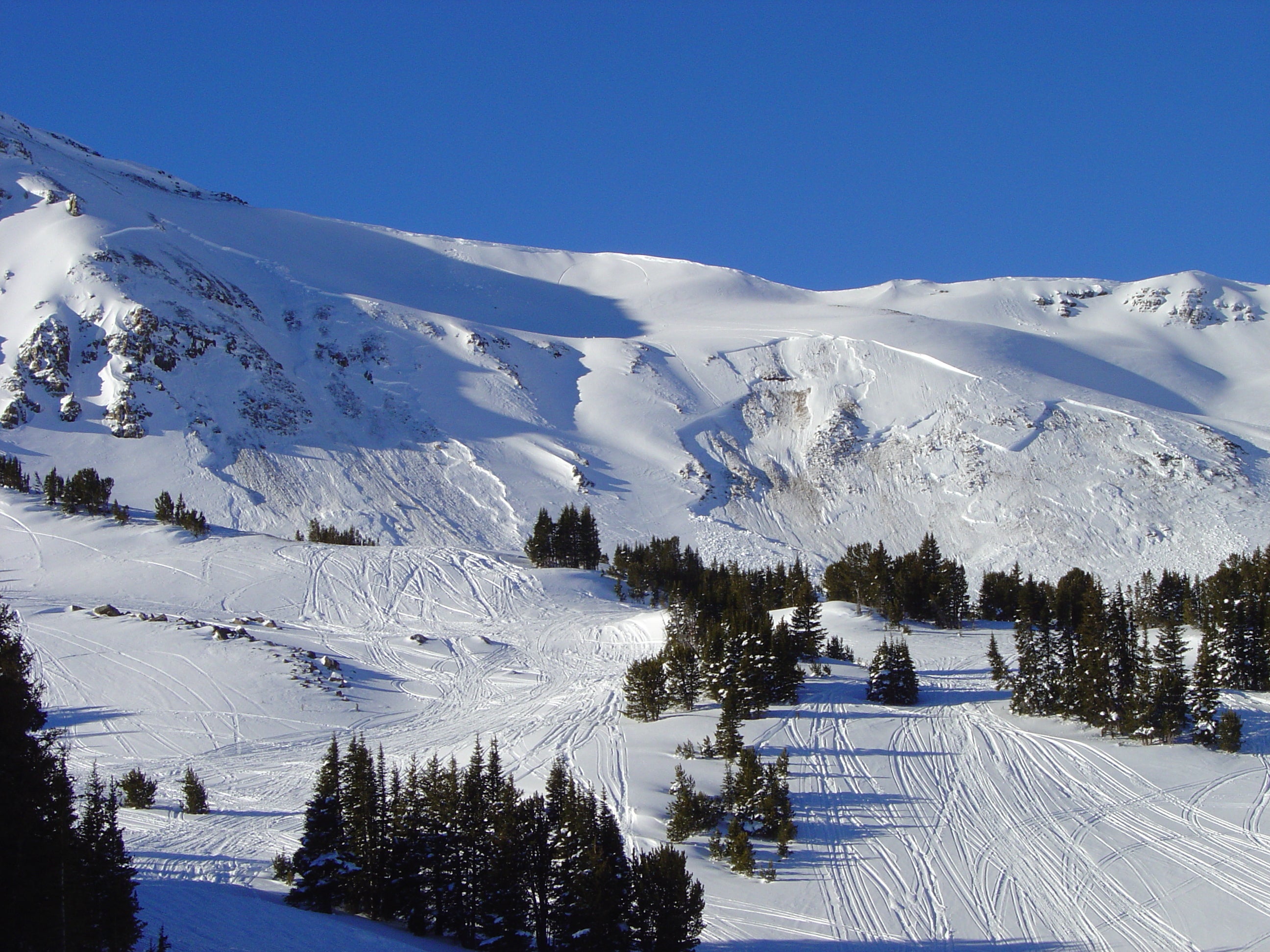High Avalanche Danger Leads to Dangerous Winter for Backcountry Users in North America

"Intermountain Forest Service, USDA Region 4" (Photo: <a class='o-credit__link' href='https://www.flickr.com/photos/107640324@N05/'>Intermountain Forest Service, USDA Region 4</a>)
On February 1, a group of seven backcountry skiers were touring on South Lookout Peak in the San Juan mountains of Southern Colorado. The group members were experienced backcountry skiers, yet they remotely triggered a massive slide due to unstable conditions. According to the Colorado Avalanche Information Center, four men were swept away in the slide. One skier was only partially buried and was rescued. The others were buried under nine, 11, and 20 feet of debris. The remaining team members were unable to locate and dig out the victims under so much snow and the three men perished. It was the single deadliest Colorado avalanche since 2013, when five were killed on Loveland Pass.
On February 6, four skiers were killed in an avalanche in Mill Creek Canyon, Utah. On February 4, a skier was buried and killed in an avalanche in the East Vail backcountry in Colorado. One day prior a backcountry skier was caught and killed in Northern California. That same week three hikers were buried and perished in Chugach State Park in Alaska, and one skier was buried and killed on Mount Washington in New Hampshire. Though we’re barely halfway through the 2020/2021 winter season, already 21 people have been killed in avalanches in the United States.
Conditions this winter have created a dangerous snowpack, especially in the American Rockies. Early season snowfall, followed by periods of clear, high-pressure weather systems with cold nights, led to a weak layer of snow close to the ground. When heavy snow falls and builds upon that weak snow, it creates unstable conditions—loaded snow slabs that are ready to release when triggered. This is what we have in North America right now.
When autumn turns to winter, climbers all across North America turn their focus from rock to cold weather endeavors, be it backcountry skiing, ice climbing, winter 14ers, or even just casual hiking. While it may seem that the majority of avalanche incidents involve backcountry skiers or snowmobilers, it’s crucial that anyone recreating in the mountains in winter be prepared for avalanches.
Just last year, in January 2020, a woman died in an avalanche during an ice climbing clinic in Ouray, CO. It was the first ice climbing outing for the experienced rock climber. After toproping a route set up by the guide service, she stepped off to the side to take photos of her fellow climbers. That’s when a slide broke off the mountainside above, cascaded into the gorge, and swept her away. She was not wearing a beacon or carrying avalanche gear and perished before rescuers could reach her. Avalanche danger in the San Juans was moderate that day, yet a naturally triggered slide still occurred.
All winter backcountry travelers must be prepared for avalanches, whether you are a skier, ice climber, or hiker. Always check the avalanche forecast before heading out. Find your local forecast at Avalanche.org. It’s also imperative that you travel in a group, and that each member carries a beacon, probe, and shovel—and has practiced using them. Educate yourself: take an avalanche safety course with an American Institute for Avalanche Research and Education (AIARE) instructor, and stay up to date on the most recent literature and information. Further reading can be found in the excellent book Staying Alive in Avalanche Terrain, by Bruce Tremper.